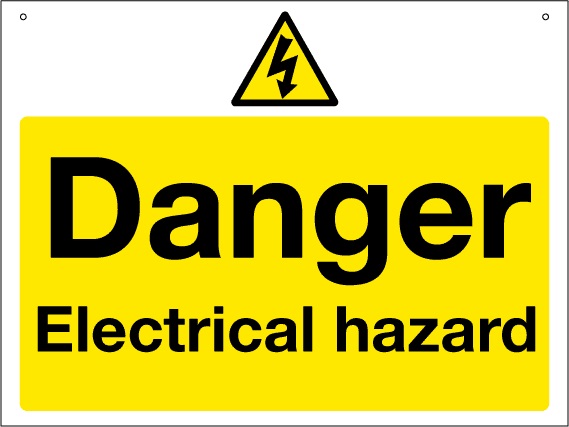Preventing And Minimizing The Electrical Hazards
There are number of ways for preventing the electrical hazards which can be caused by unprotected electric flow. With guarding, insulation, grounding and other safety methods, the electrical hazards and the potential accidents can be heavily reduced. The use of electrical protective devices is recommended for all workers who are handling dangerous electrical power equipment. There are some basic precautions that should be followed and respected:
- The wiring of the electrical equipment needs to be closely inspected before each use. Worn or damaged electrical cords should be replaced.
- Appropriate safety procedures need to be implemented every time certain electrical equipment is being used.
- The location of the turn-off switches and the circuit breaker panels need to be known so the electrical equipment can be turned off immediately in case of an accident.
- Extension cords usage should be limited. These devices should be used only for temporary operations.
- Multi-plug adapters with circuit breakers should be used.
- Electrical conductors should be placed behind plexiglass shields.
- The electrical equipment should be well protected against water or other chemical spills.

Insulation
The electrical cords need to be well protected with good insulation to prevent any direct contact with wires. Cords must be inspected before each use because various corrosive materials may erode and damage the insulation. If the electrical cords are damaged, they should be repaired or replaced immediately.
Guarding
Every part of the electrical equipment that is operated at 60V or more, needs to be guarded well against accidents. Plexiglass shield is the most suitable guarding protection for the electrical equipment.
Grounding
The recommended electrical plug is the one that has three pins. The third pin of the plug prevents a buildup of voltages, electric shocks or sparks by crating a path to the ground. This plug however does not guarantee 100% that no one will be injured. It only reduces the chances and risks of electrical accidents and injuries.
Circuit Protection Devices
These electrical devices are specially designed to automatically shut down or to reduce the electric flow, especially in situations of overloads or ground fault. The circuit breakers, the ground fault circuit interrupters and the fusses are the the most common circuit protection devices. The circuit breakers and the fusses keep the wires from overheating. They turn off the circuit when it is overloaded. Such protection is very useful for electrical equipment that is used often. The third device, the ground fault circuit interrupter, is designed to automatically switch off the electrical power if any ground faults are detected. This device is commonly used near wet locations and sinks. Since the ground fault circuit interrupter can turn off the electric power unexpectedly, it may not be suitable for certain applications.



